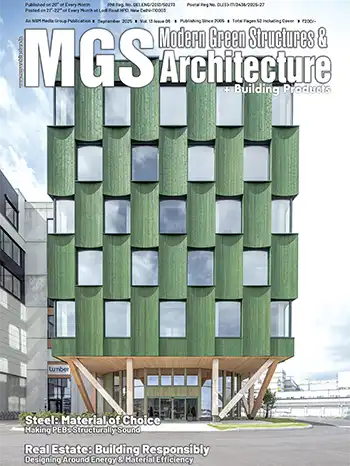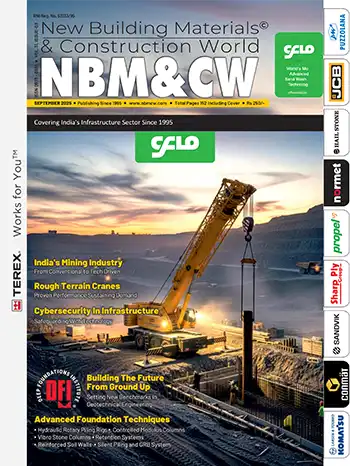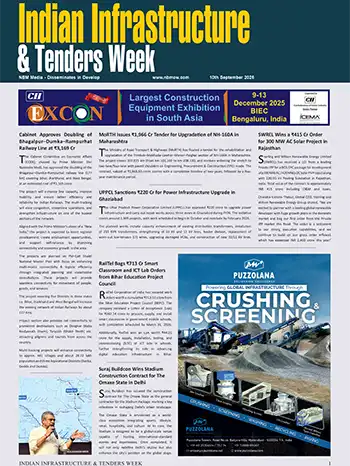Those who, by pushing the boundaries of what is possible and envisioning the future, will shape the trajectory of design and become the arbiters of tomorrow’s trends.
Shimona Bhansali

In interior design, the focus is shifting towards materials that not only reduce environmental impact but also enhance the quality of the built environment. Recycled materials, such as glass tiles, terrazzo flooring made from recycled aggregates, and reclaimed wood, are being increasingly incorporated into spaces. Natural, low-VOC paints, along with sustainable fabrics like organic cotton, hemp, and linen, are replacing synthetic options, ensuring healthier indoor air quality. Furthermore, the rise of ‘upcycled interiors’ is a notable trend, with designers creatively repurposing old furniture and architectural elements, transforming them into contemporary pieces.
However, while these trends point towards a collective movement towards eco-conscious design, it is crucial to acknowledge that trends are ephemeral. What remains truly influential is the creator’s capacity to innovate. The power of the visionary lies not in following trends, but in setting them.
















